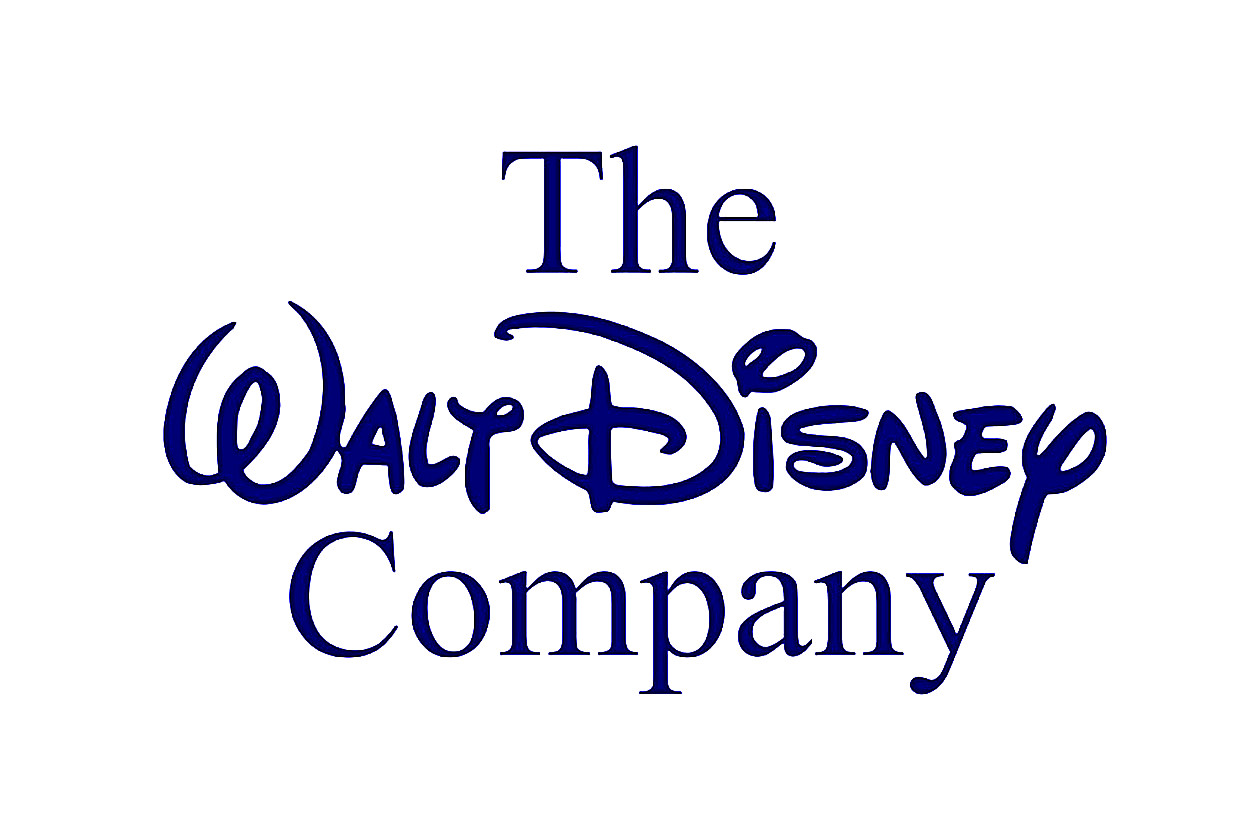Disney reported second-quarter revenue of $23.6bn, up 7% (+5% expected). In the Entertainment division, double-digit declines in linear networks was more than offset by growth in streaming brands like Disney+ and Hulu. Experiences, which includes theme parks and cruises, saw sales rise 6%.
Segment operating income rose 15% to $4.4bn, helped by the revenue growth and lower-than-expected costs.
Free cash flow rose by $2.3bn to $5.6bn over the first half. Net debt stood at $37.0bn.
In the third quarter, the group expects a “modest increase in Disney+ subscribers. Full-year underlying EPS growth guidance has been upgraded from high single digits, to over 16% growth expected.
The group completed $1.0bn of share buybacks in the period.
The shares rose 6.1% in pre-market trading.
Our view
Disney had a fairytale second quarter, with revenue and profits both landing ahead of market expectations. That saw full-year guidance get nudged higher, which markets reacted positively to on the day.
Much like Cerberus, the Greek hound that guards the gates to the underworld, Disney is a three-headed monster. Linear TV/sports, theme parks, and streaming each have their own unique complexities. And it’s rare that the external factors that benefit each segment blow favourably at the same time.
In streaming, profitability has continued to improve sharply, albeit from a low base. Disney’s edge is its pre-existing stable of intellectual property. It has a pre-loaded and pre-approved content cupboard.
Getting a streaming service off the ground wasn’t cheap. But with most of the groundwork now in place, operations are being streamlined. New subscribers can be added with little additional cost, meaning any new subscription revenue largely flows straight down to the profit line. And after years of struggle, streaming profit growth is more than offsetting linear TV declines.
While recent progress is commendable, we’re wary that the competitive landscape remains very tricky. Disney is still a long way behind industry leader Netflix when it comes to pricing power and subscriber loyalty.
Then there's the Experiences segment (theme parks, cruises, etc) which is still Disney’s largest profit driver. These are another way for Disney to juice the same intellectual property for cash over and over again.
We continue to think parks are a strong asset, with loyal fans likely to flock to the gates for years to come. The group’s not expecting any pullback from consumers over the second half of the year, despite the growing macroeconomic uncertainty that’s been stirred up by tariffs. But this part of the business is more likely to be sensitive to consumer sentiment and see peaks and troughs.
At $37bn, Disney is carrying a fair whack of debt. A lot of that's a hangover from the mega-merger with Fox. The group's improved and substantial free cash flow means we aren't overly concerned.
There’s no denying it, Disney’s an excellent brand. Growth in the streaming business is likely to be the main driver of sentiment in the near term, and we’re happy that profits are flowing in from this side of the business. But given the highly competitive streaming landscape and potential for headwinds at its Parks, the current valuation looks about right to us.
Environmental, social and governance (ESG) risk
The media industry’s ESG risk is relatively low. Product governance is the key risk driver, alongside business ethics, labour relations and data privacy & security.
According to Sustainalytics, Disney’s management of ESG risk is average.
Disney’s audit committee oversees cybersecurity and data security risks, and detection processes are periodically tested. But it’s not disclosed whether privacy risk assessments or external security audits are conducted regularly.
Disney key facts
All ratios are sourced from LSEG Datastream, based on previous day’s closing values. Please remember yields are variable and not a reliable indicator of future income. Keep in mind key figures shouldn’t be looked at on their own – it’s important to understand the big picture.
This article is not advice or a recommendation to buy, sell or hold any investment.No view is given on the present or future value or price of any investment, and investors should form their own view on any proposed investment.This article has not been prepared in accordance with legal requirements designed to promote the independence of investment research and is considered a marketing communication.Non - independent research is not subject to FCA rules prohibiting dealing ahead of research, however HL has put controls in place(including dealing restrictions, physical and information barriers) to manage potential conflicts of interest presented by such dealing.Please see our full non - independent research disclosure for more information.


